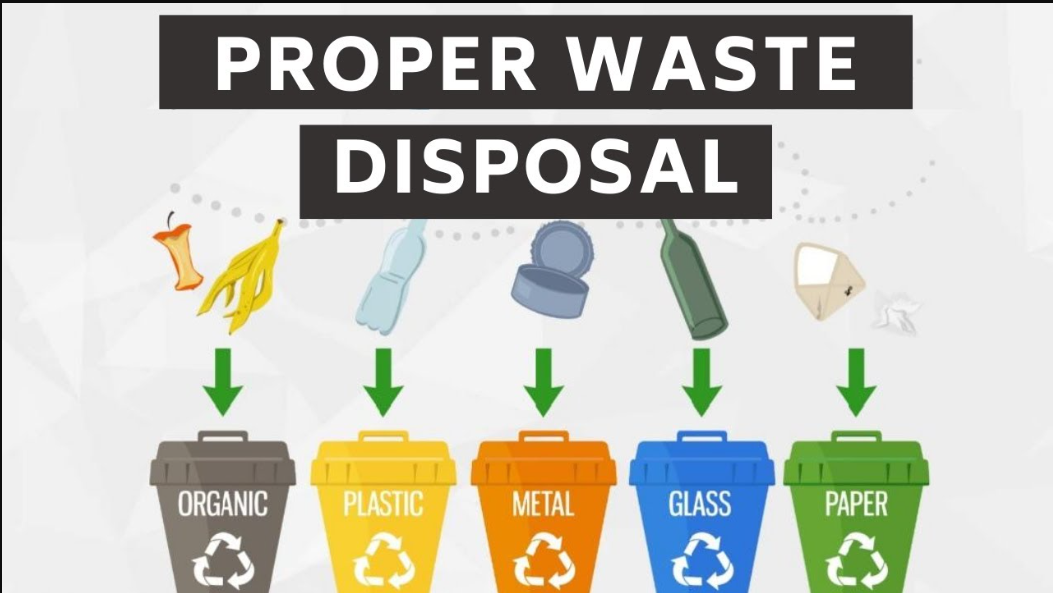Dehumidifier:
A dehumidifier is a household or industrial appliance designed to reduce and control the humidity levels in an enclosed space. It works by drawing in moist air, removing the excess moisture, and releasing the drier air back into the environment. Dehumidifiers are commonly used in homes, offices, basements, warehouses, and other areas where high humidity can lead to issues such as mold growth, musty odors, condensation, and damage to materials.
Here’s a breakdown of how a typical dehumidifier operates:
- Air intake: The dehumidifier pulls in humid air from the surrounding environment through a vent or grille.
- Cooling and condensation: The air is passed over a set of cooled coils within the dehumidifier. As the air cools, moisture in the form of water vapor condenses on the coils.
- Water collection: The condensed moisture drips down into a collection pan or reservoir within the dehumidifier. Some models may have a built-in pump to automatically drain the collected water, while others require manual emptying of the reservoir.
- Air reheating: The dehumidifier reheats the air after moisture extraction to its original temperature or slightly warmer before releasing it back into the room. This prevents the air from becoming excessively cool and helps maintain a comfortable environment.
- Humidity control: Most dehumidifiers have a built-in humidistat or humidity sensor that monitors the humidity level in the room. Once the desired humidity level is reached, the dehumidifier cycles off to conserve energy. When the humidity rises again, it automatically switches back on to resume dehumidification.
Additional features and variations of dehumidifiers may include:
- Capacity: Dehumidifiers come in different sizes and capacities, measured in terms of how many pints or liters of moisture they can remove from the air within a specified time period. The capacity you choose depends on the size of the area and the severity of the humidity issue.
- Portability: Some dehumidifiers are designed to be portable and easily moved from one room to another. They may have caster wheels or handles for convenience.
- Drainage options: Depending on the model, dehumidifiers can offer different drainage options. They may have a removable water reservoir that needs manual emptying, a continuous drain hose for direct water discharge, or a built-in pump to pump out collected water to a sink or drain.
- Humidity settings: Many dehumidifiers allow you to set and control the desired humidity level manually. You can adjust the settings based on your comfort preferences or specific requirements.
- Air filters: Some dehumidifiers incorporate air filters to remove dust, allergens, and other particles from the air as it passes through the unit. These filters need periodic cleaning or replacement to maintain optimal performance.
Dehumidifiers are useful for creating a healthier and more comfortable indoor environment by controlling excess moisture. They can help prevent mold growth, reduce allergens, improve air quality, protect furniture and belongings, and alleviate respiratory issues associated with high humidity.

